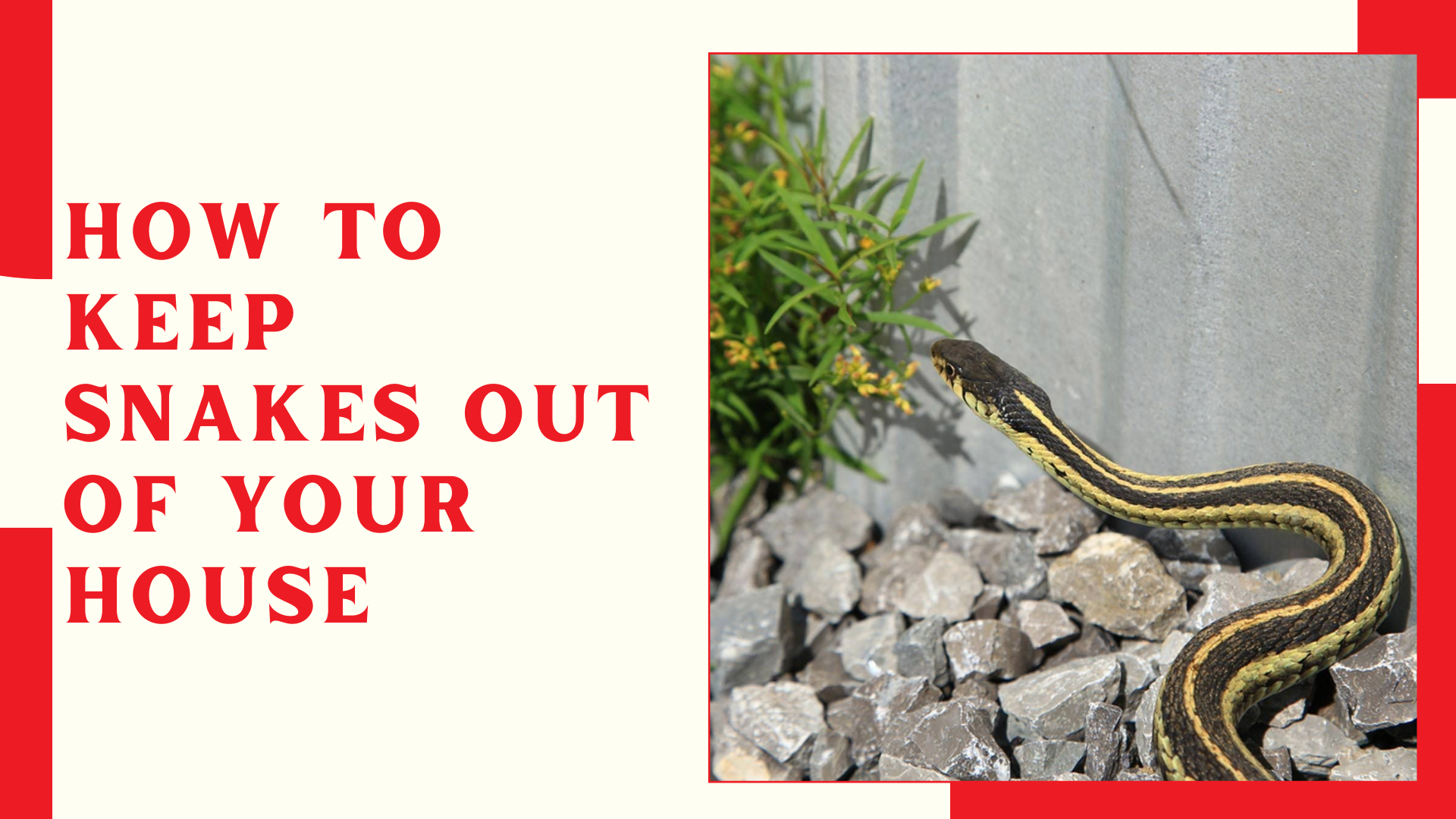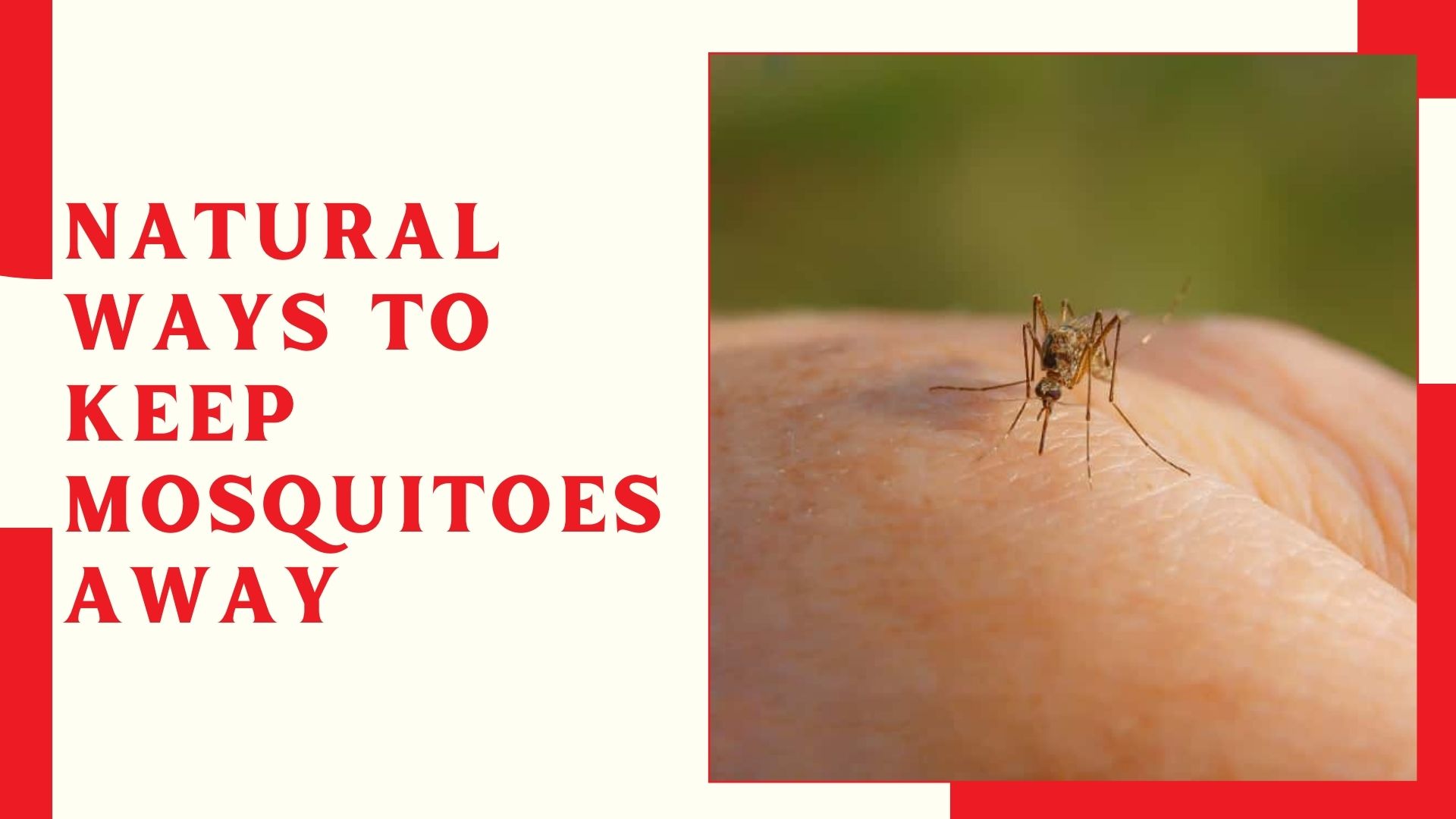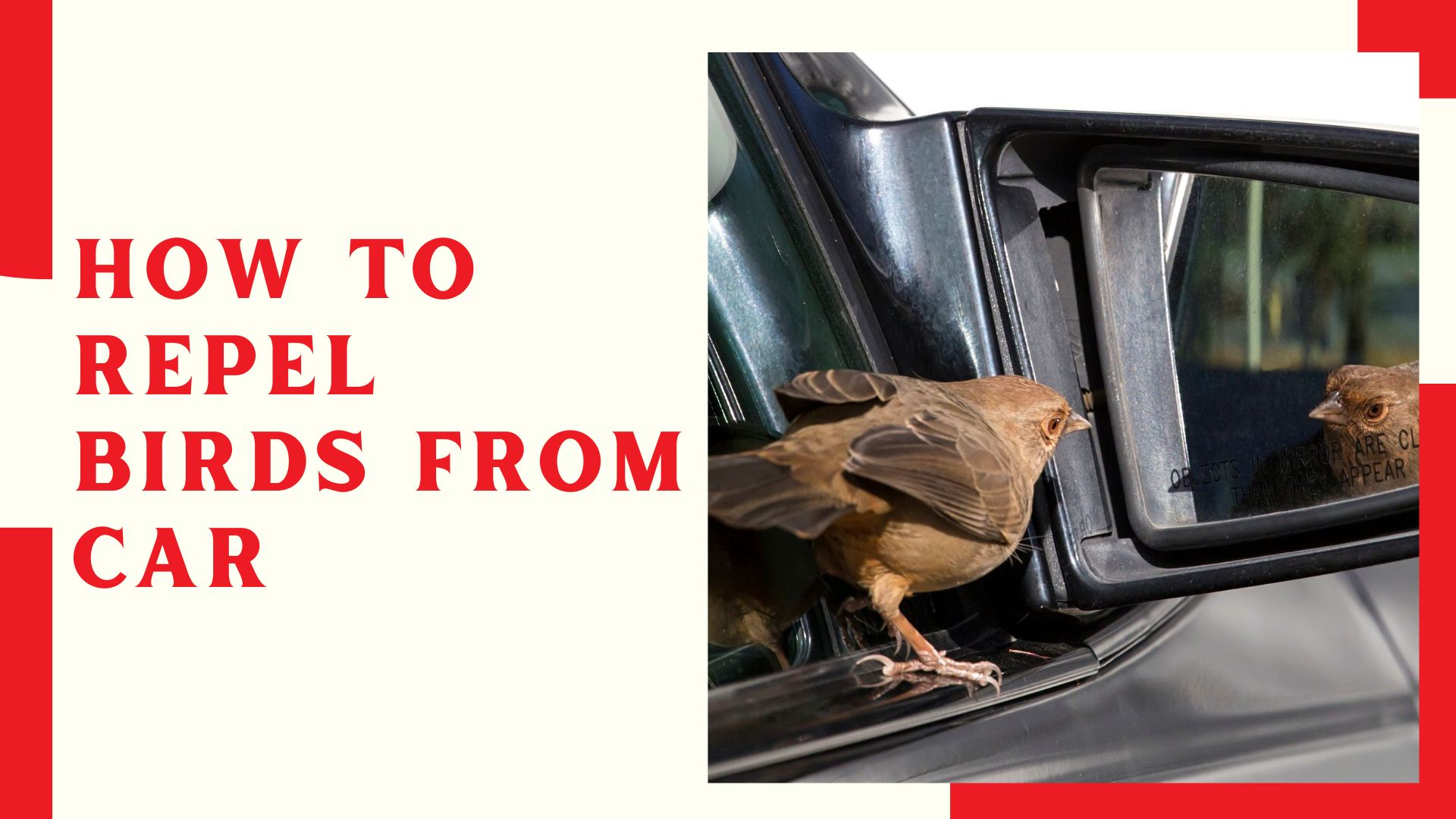Gophers can cause significant damage to yards and gardens by creating extensive tunnel systems and feeding on plants. Keeping gophers out requires a combination of prevention, deterrence, and sometimes elimination. Here's how to effectively keep gophers out of your yard and garden.
Related Products You Might Like
Tenax Multipurpose Net
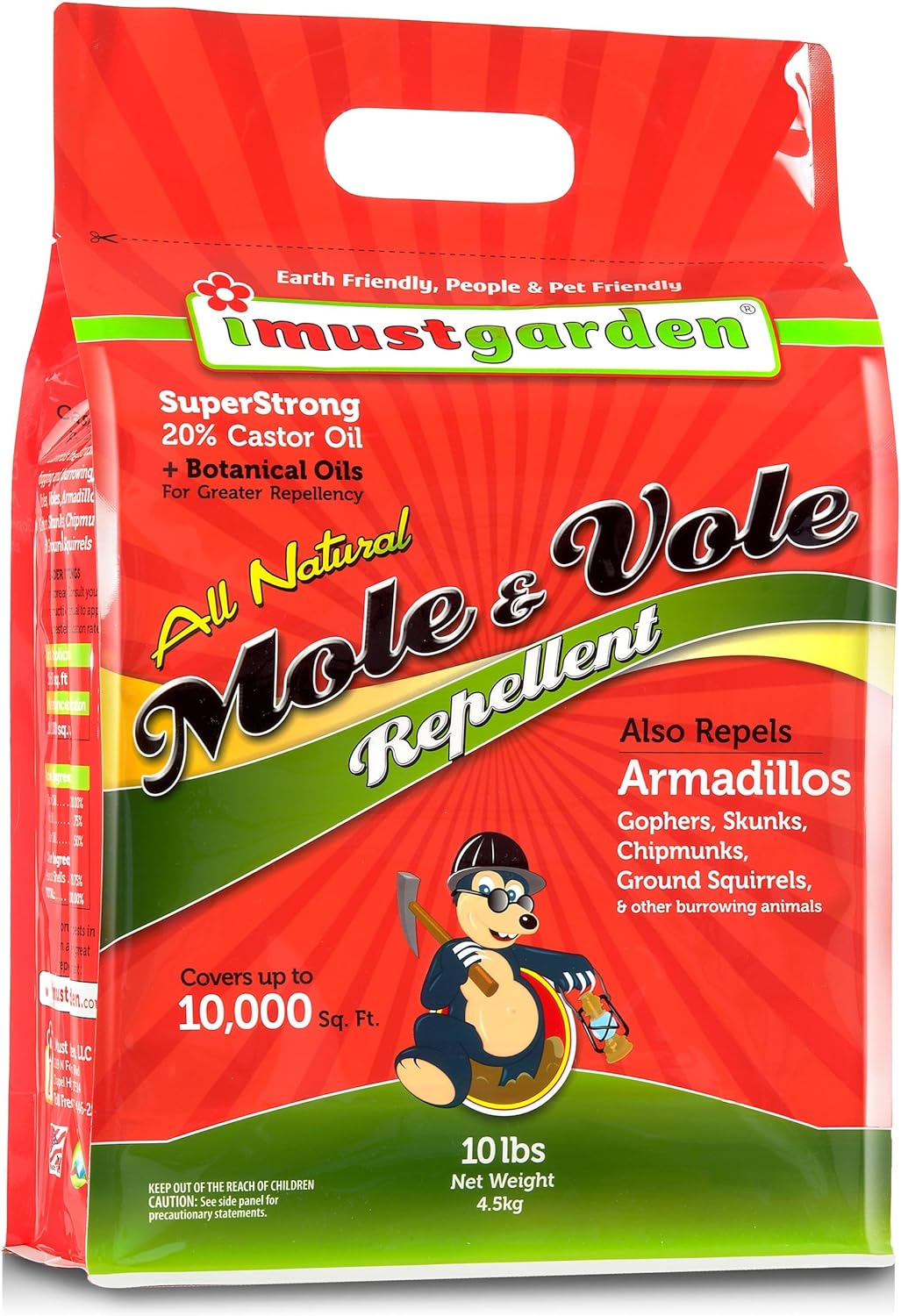
Mole & Vole Repellent
"(Paid Links)" 
Understanding Gopher Behavior
Gophers are burrowing rodents that create networks of tunnels and mounds in search of food, primarily plant roots, bulbs, and tubers. Their activity can result in unsightly mounds, damaged plants, and even compromised soil integrity.
Prevention Methods
Garden Design:
Raised Beds:
Buried Barriers:
Install hardware cloth or wire mesh (with openings no larger than ½ inch) around the perimeter of your garden or specific plants. Bury the barrier at least 2 feet deep with 6 inches extending above ground.
Natural Repellents:

Castor Oil:
Mix castor oil with water and dish soap and apply it to the soil. The smell and taste deter gophers.
Plant Deterrents:
Plant gopher-repelling plants such as marigolds, castor beans, or daffodils around the perimeter of your garden.
Predator Encouragement:
Attract natural predators such as owls, snakes, and cats to your yard by creating a habitat conducive to their presence. Install owl boxes to encourage owls to nest and hunt in your area.
Deterrence Techniques
Vibrating Stakes:
Install vibrating or ultrasonic stakes in your yard. These devices emit vibrations or sounds that are unpleasant to gophers, encouraging them to leave the area.
Watering Techniques:
Flood gopher tunnels with water to drive them out. This method can be labor-intensive and may not be suitable for all yards.
Trapping:
Use gopher traps to capture and remove gophers from your yard. Place traps in active tunnels and check them regularly.
Various trap types are available, including box traps, spring traps, and pincer traps. Follow manufacturer instructions for safe and effective use.
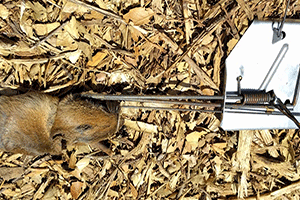
Elimination Methods
Baiting:
Use gopher baits containing toxicants, such as zinc phosphide or strychnine. Place baits in active tunnels following safety guidelines to avoid accidental poisoning of non-target animals.
Baits should be used as a last resort and handled with extreme care.
Fumigation:
Gas cartridges or smoke bombs can be placed in gopher tunnels to asphyxiate gophers. This method requires careful application and adherence to safety guidelines.
Professional Help:
If gopher infestations are severe, consider hiring a professional pest control service. They have the expertise and tools to effectively manage gopher populations.
Long-Term Strategies
Soil Management:
Improve soil health and structure to discourage gopher activity. Gophers prefer loose, moist soil, so regular soil aeration and avoiding overwatering can help.
Regular Monitoring:
Regularly inspect your yard and garden for signs of gopher activity. Early detection can help you take prompt action before significant damage occurs.
Maintenance of Barriers:
Regularly check and maintain any installed barriers to ensure they remain effective. Repair any damaged sections promptly.
Conclusion
Keeping gophers out of your yard and garden requires a proactive approach and a combination of strategies. By understanding gopher behavior and implementing preventative measures, you can protect your plants and maintain a beautiful garden. Regular monitoring and maintenance are key to long-term success in managing gopher populations.

